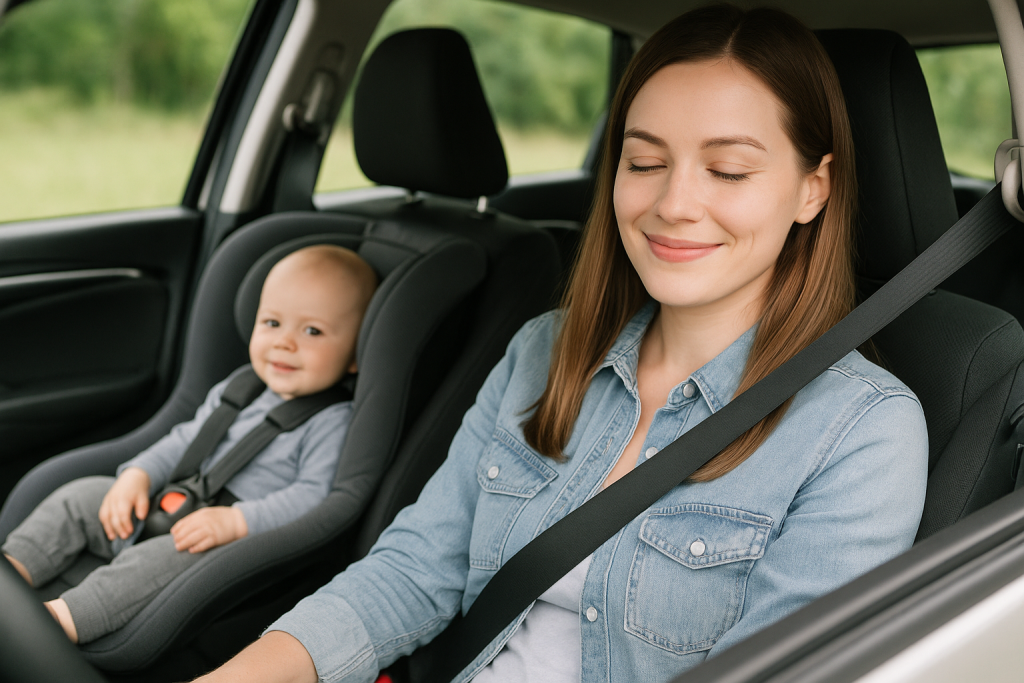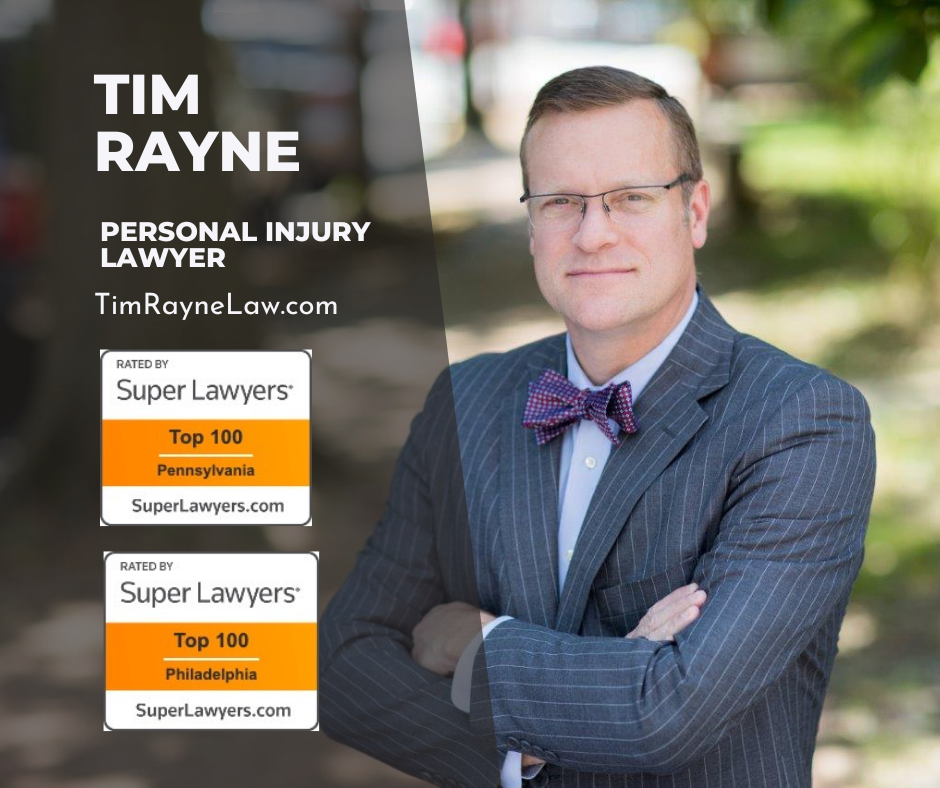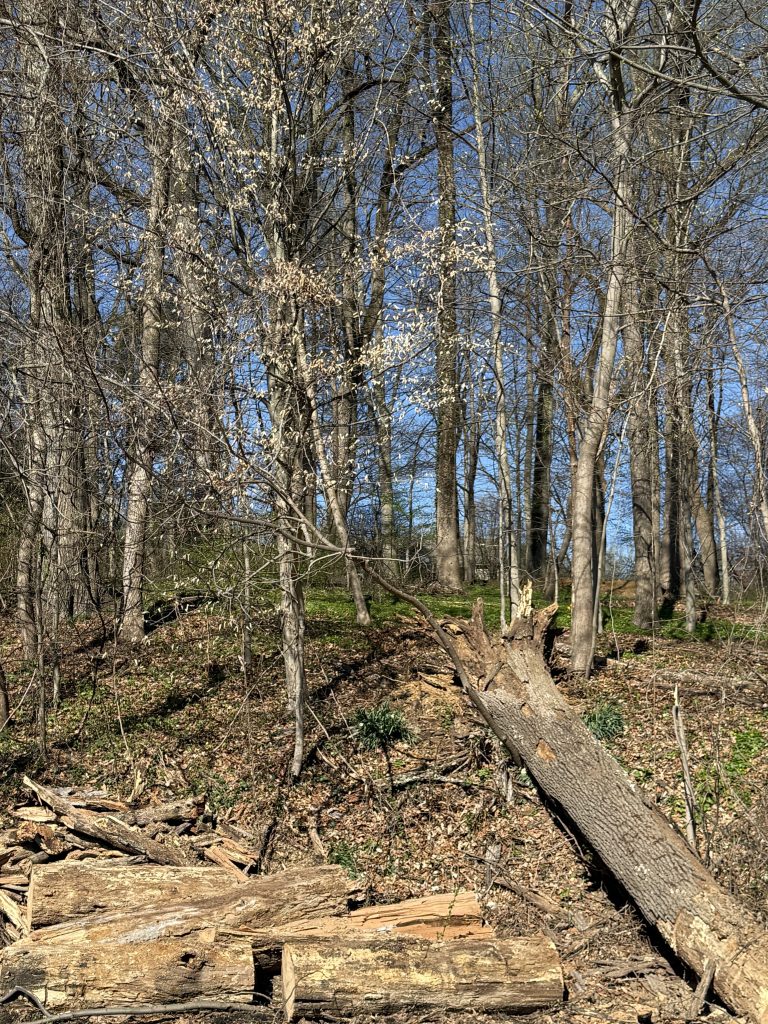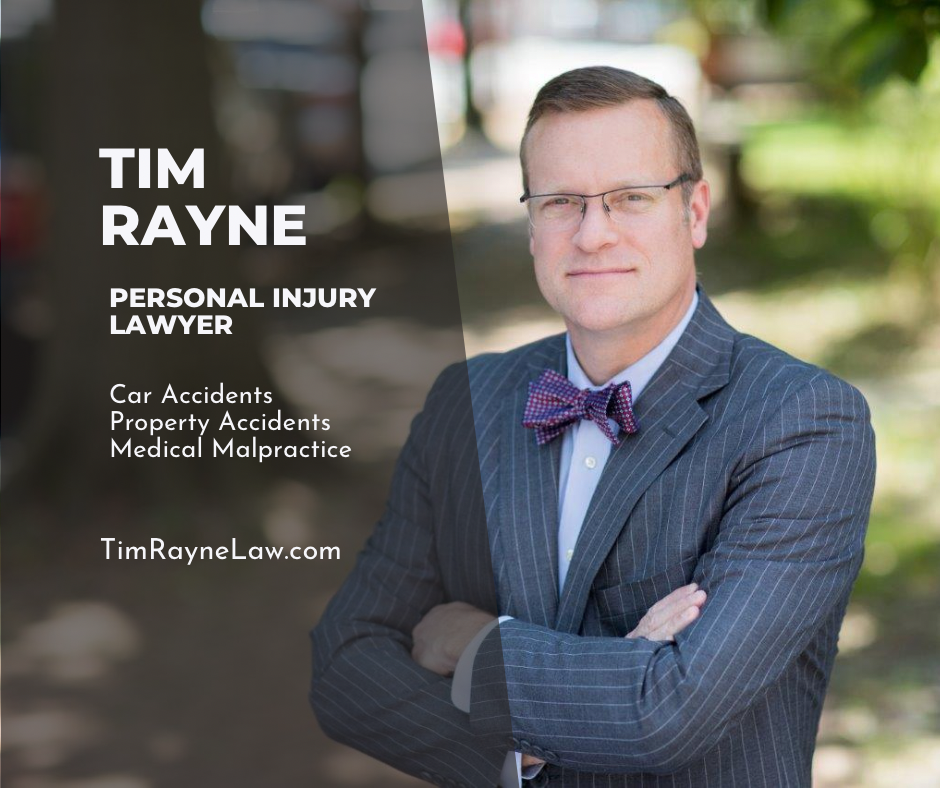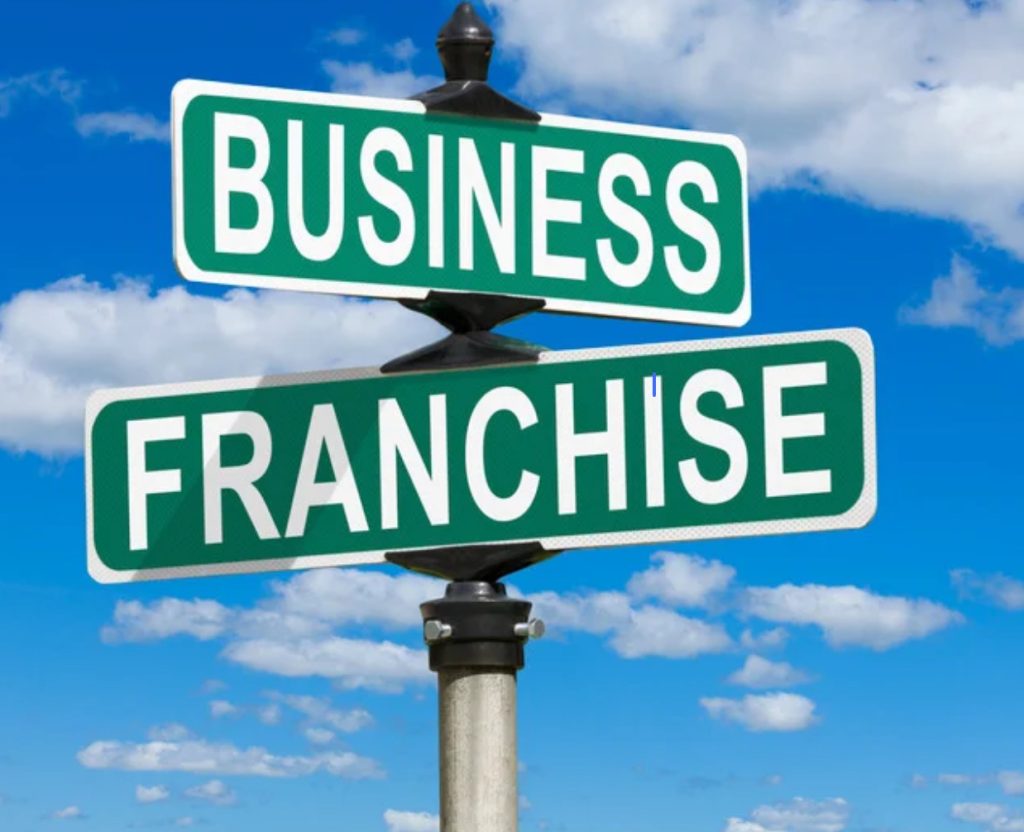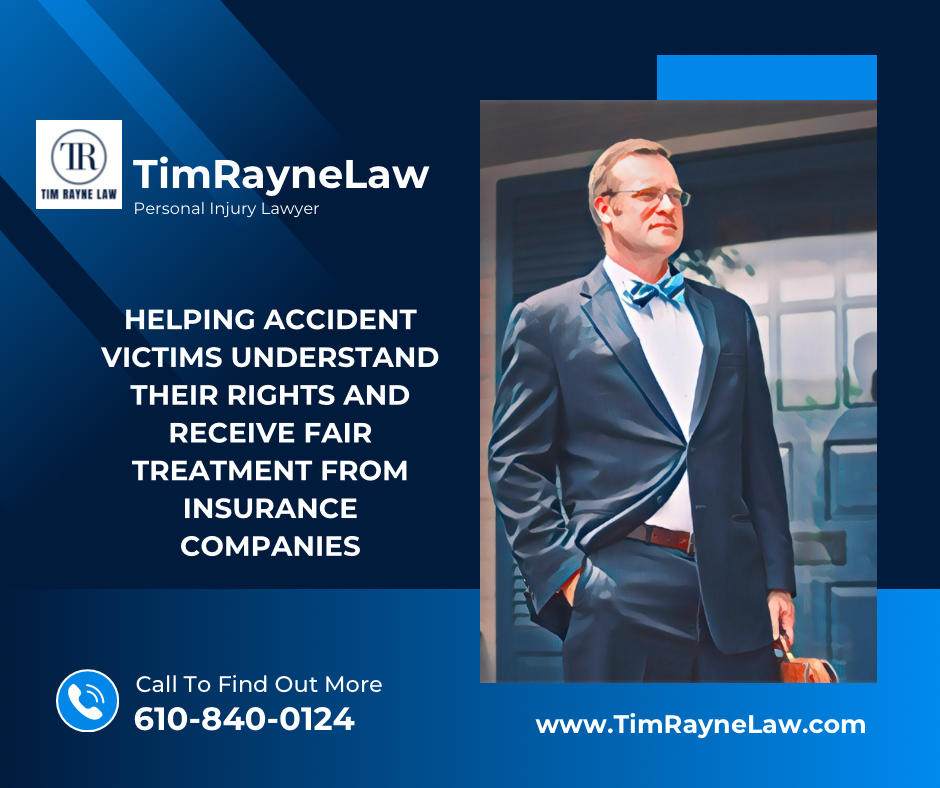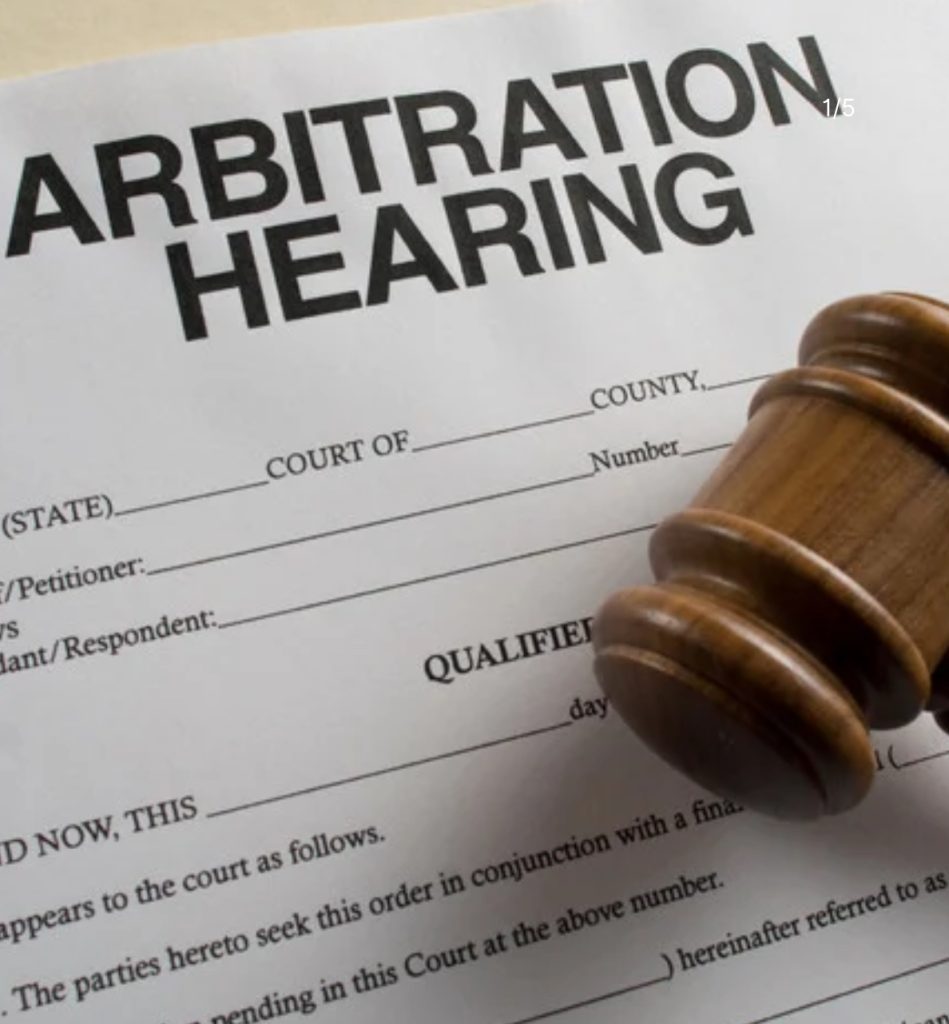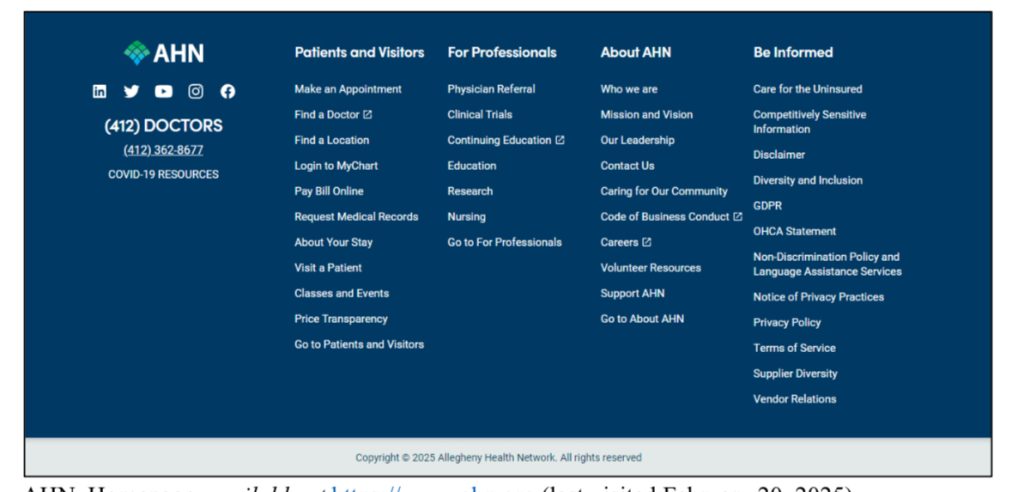The Subsequent Remedial Measures Evidence Rule provides that, under most circumstances, a Defendant’s act of fixing a dangerous condition cannot be used as Evidence.
Rule 407 titled “Subsequent Remedial Measures” states:
When measures are taken by a party that would have made an earlier injury or harm less likely to occur, evidence of the subsequent measures is not admissible against that party to prove: Negligence; culpable conduct; a Defect in a product or its design; or a need for warning or instruction. But the court may admit this evidence for another purpose such as impeachment or – if disputed – proving ownership, control or feasibility of precautionary measures.
So in a trip and fall case if a property defect causes an injury and then after the Owner is sued the Owner corrects that condition, usually evidence of the correction cannot be used against the Owner in the lawsuit.
The rationale behind the Subsequent Remedial Measures Evidence Rule is that the Law wants to encourage, not discourage safety. If safety measures such as after the fact corrections can be used against a Defendant in Court, then Defendants could be discouraged from making corrections.
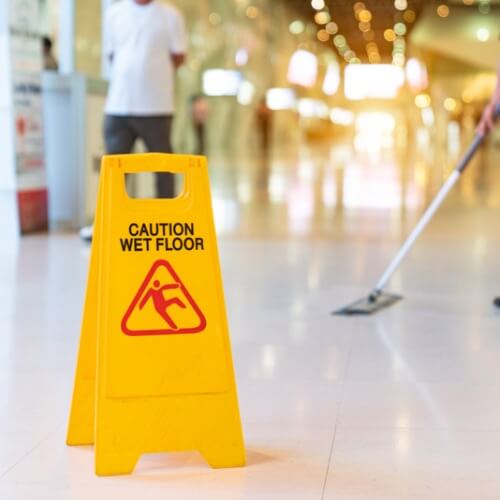
Tim Rayne is a Pennsylvania Personal Injury Lawyer with offices in Kennett Square and West Chester. For over 30 years, Tim has been helping accident victims understand their legal rights and receive fair treatment from Insurance Companies, Judges and Juries. Contact Tim at 610-840-0124 or trayne@macelree.com or check out his website at www.TimRayneLaw.com.

